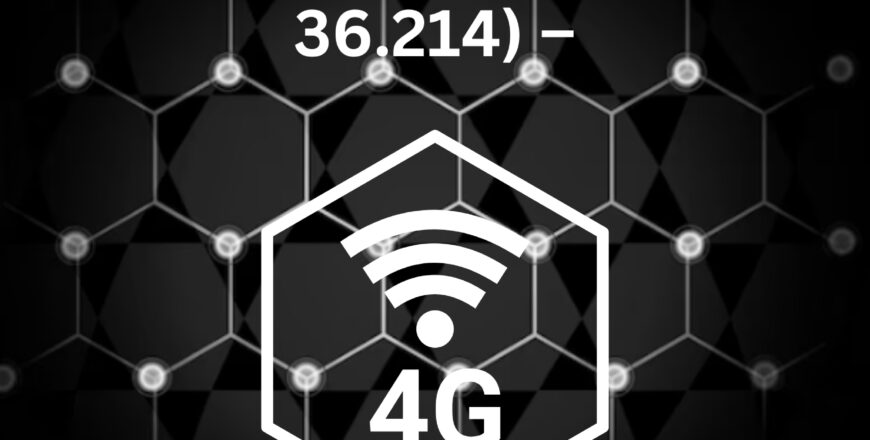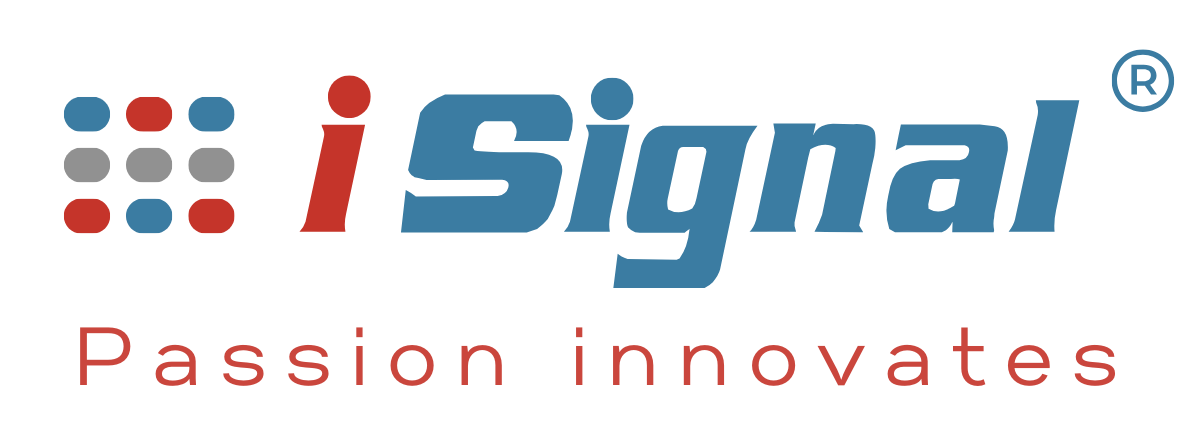4G LTE PHY Design – UE, eNB(36.211,36.212, 36.213, 36.214) –

What you’ll learn
In this course, you will learn the most essential details of the PHY layer specifications from the 3gpp LTE standards of the Rel-8, Rel-10 of the LTE technology. Major functionalities includes, channels, such as PDCCh, PDSCH, PUCCH, PUSCH, PCFICH, and their channel processing and other critical technology enablers such as MIMO, Beamforming, Channel Estimation, CSi feedback and others
Requirements
Basic knowledge of wireless systems and protocols in the air interface domain.
Description
Whether you are a beginner in PHY or an experienced Technical/Managerial person, this course will help you get a head start with the LTE PHY(Physical Layer) which is a Layer 1
RAN protocol.
For Beginners, it will provide a strong foundation in understanding the PHY features and functions as defined in the PHY specifications.
For Experienced people, this would provide a good structured recourse, with tidbits that are not explicitly mentioned in the specification.
The FAQ list that would be available to students on completion of the course, could help in Job Interviews.
Why take this course
The instructor possesses extensive experience as an early adopter of 4G RAN protocols, having implemented them since the initial standardised specifications were introduced for 4G. Through this course, you’ll benefit from their wealth of knowledge as they provide a comprehensive explanation of PHY ( Physical Layer) , a crucial aspect of 4G technology. Understanding PHY is essential for grasping the intricacies of 4G specifications, and the instructor’s expertise will greatly facilitate this process.
One notable aspect of the course structure is the careful consideration given to the duration of each sub-topic. The timing has been meticulously planned to ensure that students can maintain focus and absorb the material effectively. By breaking down complex concepts into manageable segments, the instructor creates an environment conducive to learning and comprehension.
Upon completing this hour-long session, you’ll emerge with a thorough understanding of the 4G PHY protocol. Moreover, you’ll likely find yourself inspired and motivated to further explore the vast landscape of 4G RAN technology, armed with newfound knowledge and confidence.
What Topics would you learn
Introduction to PHY and Cellular Coverage
Spectrum, Bandwidth, EARFCN UL, DL
Introduction to in PHY and Radio Frequency Operation
Frame Structure – FDD
o Downlink Frame Structure – OFDMA
o Uplink Frame Structure – SC-FDMA/DFT-OFDMA
Frame Structure – TDD
o Downlink Frame Structure – OFDMA
o Uplink Frame Structure – SC-FDMA/DFT-OFDMA
Downlink
o Channels(PDCCH,PDSCH,PCFICH,PHICH,PBCH)
o Signals(PSS,SSS) and RS
o Antenna Port Mapping
Uplink
o Channels (PUSCH,PUCCH,PRACH)
o Signals (DMRS,SRS)
TDD Configurations – 0-0036
o DwPTS
o UpPTS
o Special Subframe
MIMO, MCS, Transmission Modes and Throughputs Effects
DCI Formats – 0,A, 1A, 2, 2B, 2C, 3A
CSI – CQI, PMI, RI, Beam Forming – Effect on Throughput
Channels – Logical, Transport, Physical
PHY Layer Channel Processing – Coding, Scrambling, Rate Matching, Layer
Mapping
SINR, ISI, ICI, RSRP, RSRQ Ranges – Link Quality and Link Adaptation
PHY for Random Access
o Zadoff-Chu Sequence
Rel-10 LTE-Advanced Features – Carrier Aggregation, ICIC, SON, CoM
Bonus
Students who stay invested and complete this course, would get a list of commonly asked Job Interview Questions for RRC
Also, these students could get discounts on our upcoming tutorials.
Who this course is for:
- Telecom Professionals from Wireless Background such as RF, KPI, OAM, Config, NPO in 4G or 5G



